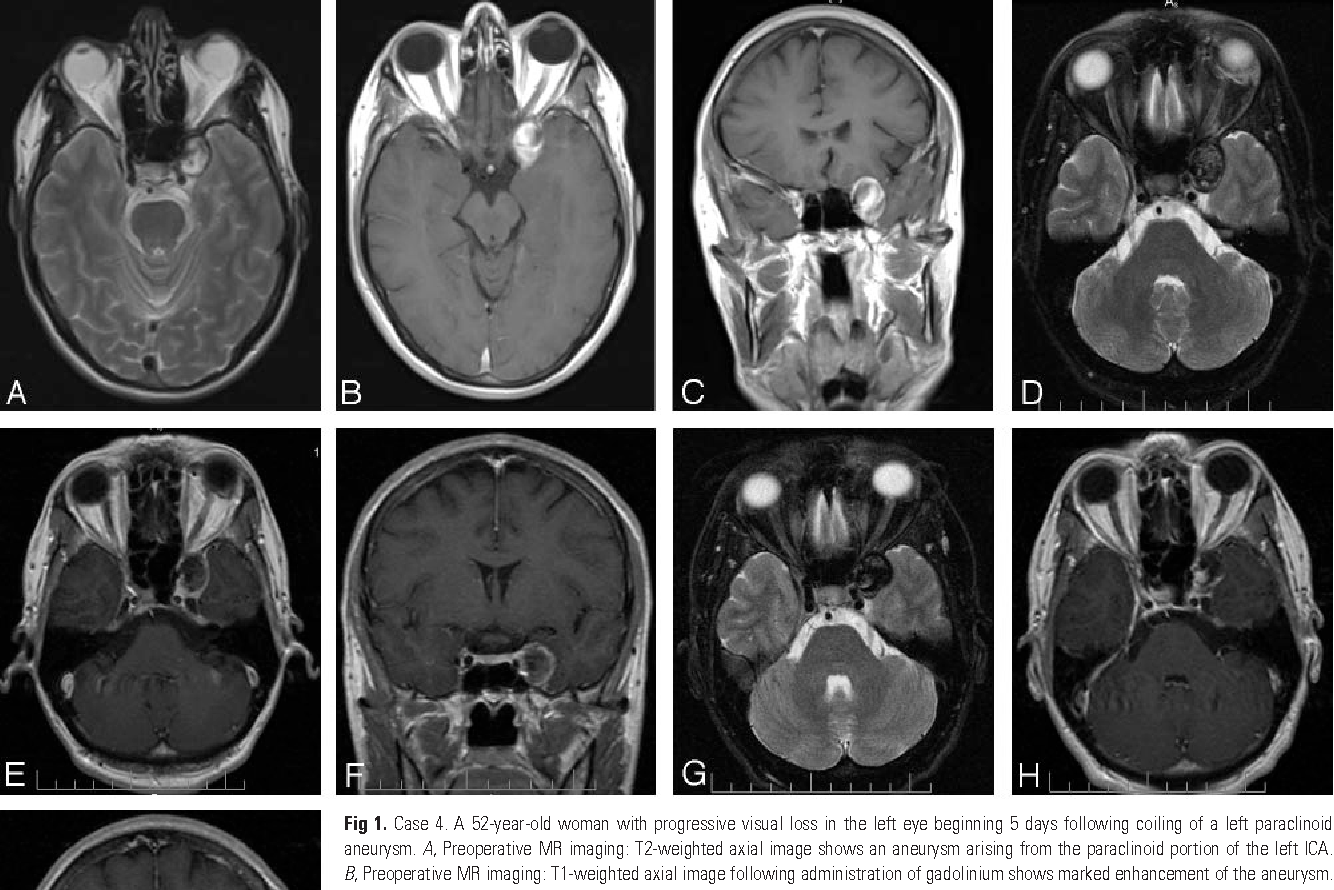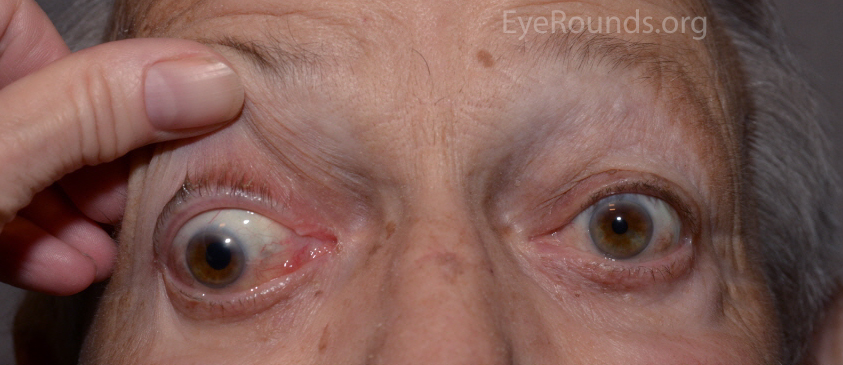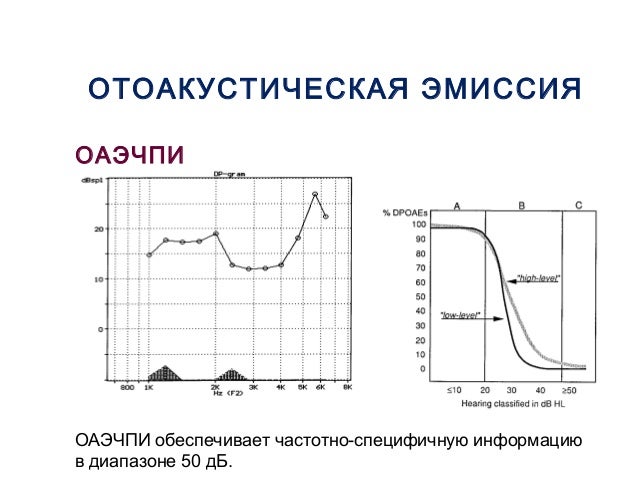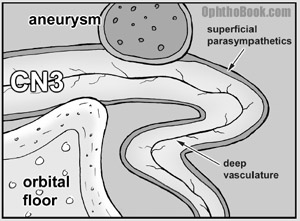

It is difficult to predict how quickly a person will recover, but some factors can help foresee the outcome. How long a person has experienced oxygen deprivation will determine their outlook and recovery from brain hypoxia. Magnetic Resonance Imaging (MRI)Īn MRI, which uses magnets and radio waves to create photos of the organs and internal structures (7), may be used to gather additional information about the size, shape, and content of a brain aneurysm, such as a blood clot.Share on Pinterest The duration of a coma and other factors can influence the outcome of brain hypoxia. If an aneurysm smaller than 5.5 centimeters in diameter is found, it should be followed for 6 to 12 months to make sure it doesn’t grow, Teitelbaum says. Abdominal aortic aneurysms are the easiest type to identify and follow, Brown says. UltrasoundĪn ultrasound is a painless, noninvasive screening tool that uses a wand and sound waves to look at the inside of the body to detect an abdominal aneurysm. “For both an abdominal and a thoracic aortic aneurysm, a CT angiogram is very useful in giving precise information about what other branches it involves, more precise measurement of its extent and diameter, and also whether the aneurysm has a clot within it,” Teitelbaum says. A CT angiogram may be performed if a CT scan is unable to detect a brain aneurysm that is suspected, Dr. Computed Tomography (CT) AngiographyĬT angiography (angiogram) is a diagnostic screening tool that uses contrast dye and radiation to look at blood vessels and arteries. “It’s important to obtain this test every morning to get an idea of what the trend is,” Teitelbaum says. If the velocity increases more than a mean 100 centimeters per second, the blood vessels can narrow. Once a brain aneurysm is detected, an ultrasound will be performed each day to look at the rate, or velocity, of blood flow in the blood vessels. A vasospasm can lead to a neurologic deficit, a type of early stroke, or seizures. What Are the Radiation Risks of Your Imaging Test?Īlthough it’s not entirely understood what causes it, one theory is that hemoglobin acts as a trap for nitric oxide from the blood vessel wall, which prevents the blood vessels from dilating and causes spasms, Teitelbaum says. Sudden, severe pain in the abdomen or lower back, often described as stabbing or ripping in nature may spread to the groin, buttocks, and legs.Symptoms of a bleeding or burst abdominal aortic aneurysm can vary, but the most common symptom is pain in the back and the abdomen, and an odd pulsing sensation in the abdomen.


A feeling of fullness shortly after eating.But some people with an abdominal aortic aneurysm may notice severe and persistent pain in their back, abdomen, or groin. Difficulty swallowing, speaking, or moving one side of the bodyĪbdominal aortic aneurysms, which develop in the part of the aorta located in the abdomen, typically do not have any symptoms unless they expand and rupture.Trouble breathing or shortness of breath.Severe throbbing or sharp stabbing pain in the chest or back, which may move into the neck, jaw, and arms.

Symptoms of a bleeding or burst aneurysm in the chest include: This usually occurs when an aneurysm grows quickly or ruptures, or if a tear develops in the aorta wall. Although rare, a thoracic aortic aneurysm can also cause pain, usually a tearing or sharp pain between the shoulder blades. ( 3)īut if a thoracic aortic aneurysm grows larger, it can compress nearby tissues and cause hoarseness in the throat and difficulty swallowing. Thoracic aortic aneurysms that occur in the chest typically form and expand slowly over time, and they rarely cause symptoms. What Are the Possible Signs and Symptoms of a Thoracic Aortic Aneurysm? Numbness, tingling, weakness, or paralysis in the face or limbs.Drooping of the eyelid or one side of the face.Sudden vision changes, including blurring, double vision, and vision loss.The classic symptom of a ruptured brain aneurysm is “the worst headache ever,” which comes on suddenly, and is severe and unrelenting. When a brain aneurysm ruptures, it usually leads to a subarachnoid hemorrhage (SAH), which causes blood to escape into the space around the brain and creates sudden symptoms. If you experience any of these symptoms, see your doctor immediately: But large, unruptured brain aneurysms can press on the brain or nerves from the brain, producing symptoms.


 0 kommentar(er)
0 kommentar(er)
